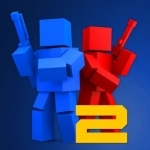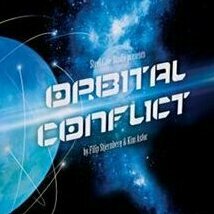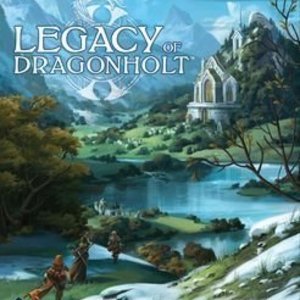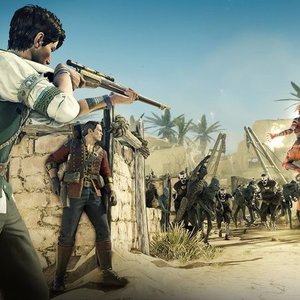
Strange Brigade
Video Game
"Seteki the Witch Queen has risen once again, and only one troop of daring heroes can stand against...
action adventure multiplayer online co-op puzzle
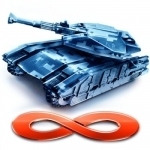
Infinite Tanks
Games
App
Infinite Tanks features exactly what the name suggests – huge content - never ending lines of...
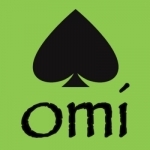
Omi Sri Lankan Card Game
Games and Entertainment
App
The ‘Omi Sri Lankan Card Game’ was designed as the famous card game Omi (which is a Sri Lankan...
Purple Phoenix Games (2266 KP) rated Orbital Conflict in Tabletop Games
Sep 10, 2019
Orbital Conflict is a player versus player (PvP) card game in which the winner is the player showing the most VPs on their cards at game end. It is a game where placement of cards and orientation of cards is paramount in creating a space station that can dole out damage, take a ton of damage, or hybridizes offense and defense using resources granted from off-station investors.
DISCLAIMER: We were provided a copy of this game for the purposes of this review. These are final components, and the game is available from the publisher and other online retail stores. Also, I do not intend to explicitly cover every rule for the game, but to give an idea of game flow and play. -T
To setup the game (in this case a 1v1 head-to-head bout) shuffle all the cards with the white back together and deal each player a hand of five. Shuffle the smaller investor cards to form a draw pile. Give the starting player the Initiative card and you are ready to start!
The game follows a simple game flow following three phases per round: Draw, Main, Combat. During the Draw phase, the player with the Initiative card (I’ll call them the active player) will draw two cards from the white-backed deck (which I will just call cards). Then the other player will draw two cards as well. The active player then draws two investor cards for themselves and places them in front of their play area as possible investors to claim. The other player does the same. If there are any cards containing discard abilities that a player would like to play during the Draw phase, and the discard text reads they may do so during the Draw phase or any phase, they may play them and follow the discard instructions now.
Once done, the game moves on to the Main phase. During this phase the active player will play any cards they wish that are appropriate for this phase, and then the other player will do the same. During this phase players will be playing cards from hand (and as many as they would like) to add on to their space station, activate modules that were previously deactivated, claim investor cards, and prepare for the next game phase. Space stations can be added to via modules. Modules can be single cards, or multiple splayed cards. As you can see in the photo above cards have icons to the left of the white barrier and some will also have icons to the right. Depending on how a card is added to a module certain icons may be covered and therefore inactive. When adding a card to a module (called an extension) the player decides if they want to add the card to the right of the splay, thus covering up icons to the right of the barrier of the covered card, or under the stack to the left of the splay. Additionally, players may flip any card over to have the back showing, which will provide icons usable in a station module. There are restrictions for playing cards, but I will let you discover those on your own.
The game follows a simple game flow following three phases per round: Draw, Main, Combat. During the Draw phase, the player with the Initiative card (I’ll call them the active player) will draw two cards from the white-backed deck (which I will just call cards). Then the other player will draw two cards as well. The active player then draws two investor cards for themselves and places them in front of their play area as possible investors to claim. The other player does the same. If there are any cards containing discard abilities that a player would like to play during the Draw phase, and the discard text reads they may do so during the Draw phase or any phase, they may play them and follow the discard instructions now.
Once done, the game moves on to the Main phase. During this phase the active player will play any cards they wish that are appropriate for this phase, and then the other player will do the same. During this phase players will be playing cards from hand (and as many as they would like) to add on to their space station, activate modules that were previously deactivated, claim investor cards, and prepare for the next game phase. Space stations can be added to via modules. Modules can be single cards, or multiple splayed cards. As you can see in the photo above cards have icons to the left of the white barrier and some will also have icons to the right. Depending on how a card is added to a module certain icons may be covered and therefore inactive. When adding a card to a module (called an extension) the player decides if they want to add the card to the right of the splay, thus covering up icons to the right of the barrier of the covered card, or under the stack to the left of the splay. Additionally, players may flip any card over to have the back showing, which will provide icons usable in a station module. There are restrictions for playing cards, but I will let you discover those on your own.
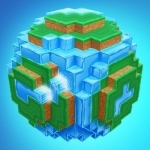
World of Cubes Survival Craft
Games and Entertainment
App
Create your own worlds with thousands of random players or friends online in Multiplayer mode or...

Call Break Plus
Games
App
Call Break is a strategic trick-based card game played by four players with a standard deck of 52...
Peter Russell (61 KP) rated Legacy of Dragonholt in Tabletop Games
May 3, 2019
I played through this game once and it took me about 6 hours and feel tgere are not enough alternate choices to merit another playthrough. Even though the game says it can be played with 1 to 6 players I recommend one player because only a single choice can be made with each entry and multiple players may not agree on a single course of action. For this game you fo need some tablespace as there are lots of tracking sheets and books and possibly a map you will have out.
*Minor Spoiler Ahead
My overall view of this game is that I wish it was different in one of two ways.
1. It would be nice if there were expansions to this where a character could carry over to another campaign or an expansion that weaves in more npc drama. At the end there are only 4 possible endings and then the game just ends, I wanted more, but knew it would never be.
2. This game with all of its tracking was more akin to muds and I feel it would have been better suited (at least for single player) as an interactive book for a computer where the tracking is done behind the scenes. This would of provided more mystery and made the game feel more in the moment rather than breaking out of the story to reference tracking sheets to see if a choice was allowed.

Cloud Music - Offline Songs Player for GoogleDrive
Lifestyle and Utilities
App
Cloud Music allows you to download music from your cloud storages. It supports Google Drive. It is...
